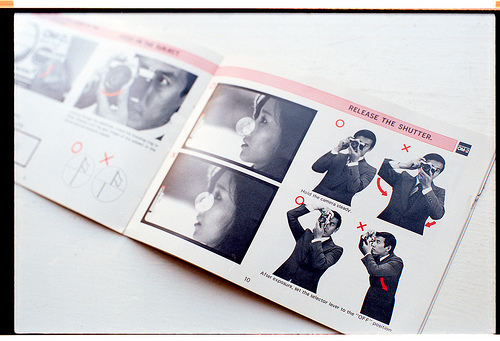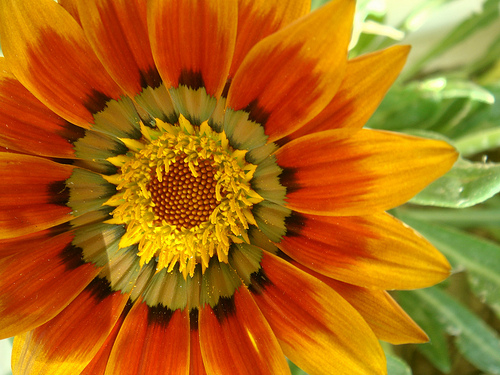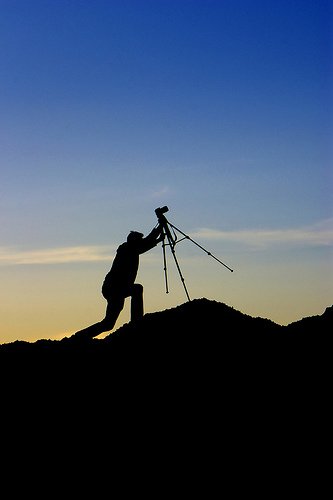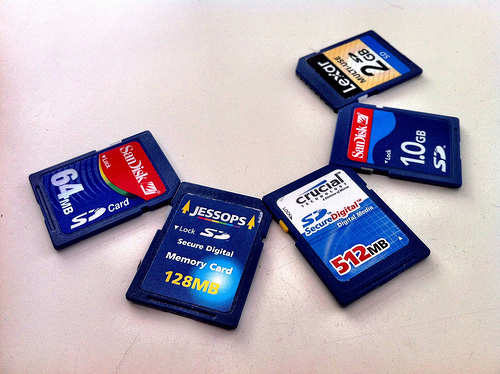7 Tips For Capturing The Perfect Digital Photo
Many people find shooting a digital photo to be harder than expected. You might find that you have been taking digital photos since first introduced but have never quite captured that perfect shot you set out for.
Nothing is as disappointing as missing that important event, such as your daughter's dance recital or even your anniversary trip to Italy. When that once in a lifetime moment is remembered with a horrible photo, the frustration can be overwhelming.
That leads us to the question of how do you take that perfect photo? The first rule lies within the photographer themselves, for it is with the photographer that the photo begins, not the camera itself. It's just that simple. Think about how you can see a photograph that a child has taken playing around with a simple disposable camera and it is wonderful while a photo with the priciest SLR can turn out to be awful.
Read these tips on shooting digital photos and apply them the next time you have a chance. Before long, you'll be shooting photos like a pro!
Get to Know Your Camera
You know how this story goes. You rush out and buy the latest and greatest gadget on the market only to take it home and rip it out of the packaging only to throw aside the instruction manual. Not a good idea with your digital camera.

Olympus OM-2 Instructions manual by Miemo Penttinen on flickr on flickr (licensed CC-BY)You owe it to yourself to take the time learning about your camera's features. Knowing how to control even what you may consider the basics, such as controlling the exposure or even the flash are always important. What you learn will prove to be priceless when actually taking your photos.
Controlling the Flash
One of the most essential things to learn in digital photography is how to control the flash. I myself don't like to depend on the automatic flash included with the digital camera. Certain situations might require the flash switch to be on or off.
For example, when taking outdoor photos, it is sometimes good to turn on the flash to illuminate the subject, especially if he or she is in the shade. On the other hand, you can also choose to turn off the flash when taking indoor shots. Sometimes, using the flash indoors will result in unnatural skin color and harsh glare in your photos.
Experiment with the Macro Mode
Most digital cameras available these days come with a macro mode. This setting is perfect for capturing close ups of objects like flowers or insects. I have a Canon PowerShot S500 and its macro mode is represented with a flower symbol.

" Care for the one who shares with you, share with the one who knows you, know the one who MISSES you, MISS the one who WELL WISHES for you..." by Parvin ?( OFF for a while ) on flickr (licensed CC-BY-SA)To take photos in this style, choose your subject and making sure the macro mode is turned on, get as close to your subject as possible. Give your camera enough time to focus properly before pressing the shutter button all the way.
Hold the Camera Level
A basic rule of photography is to hold the camera level. Since most digital cameras come with a LCD, you can use it to properly frame your shots. Next time you're taking a shot, try to look for the horizontal lines and use them as guides. A good example is to make use of the horizon when you're taking a photo of a sunset.
Use Your Tripod
No matter what level of expertise your photography skill is at, tripods are essential in your photography. How will you know when to use your tripod? It is helpful when taking photos in low-light situations or when trying to capture fast moving objects.

The photographer by kenny_lex on flickr (licensed CC-BY)I personally use a tripod when photographing certain nature shots such as birds in flight. Try to find a tripod that is easy to carry with you. For your personal use all you will probably need is a simple compact tripod that is easily mobile and you can avoid the inconvenience of a larger, bulkier tripod.
Experiment with the ISO Setting
I have found the ISO setting in digital cameras very helpful. The ISO setting of a camera essentially controls the camera's sensitivity to light. Use a low ISO setting if you're taking a photo of a still object, like a flower. This allows for a longer shutter speed and creates a cleaner image.
A higher ISO setting of about 400 would be appropriate while taking a photo of a moving subject such as a baby in a swing. Keep in mind that a higher ISO setting results in a faster shutter speed and needs less light.
Make Sure to Have Enough Memory Capacity
Although with digital cameras you don't have to worry about extra rolls of film, the pictures you take still have to be stored somewhere. Make certain that you have enough memory capacity in your digital camera available to you.

SD scalability by westy48 on flickr (licensed CC-BY-SA)Nothing is worse than discovering you are out of memory space only halfway through an important event. Here are some basic guidelines for digital memory storage.
- 8 megapixel cameras - get at least a 2GB card
- 12 megapixel cameras - get at least a 4GB card
- 16+ megapixel cameras - get at least an 8GB card
Wrapping Things Up
While it seems like a lot of information to learn, they are all pretty simple with just a little practice. I hope these tips help you to produce the best digital photos possible.
Even though the camera plays an important role in your photography, remember that your role as the photographer is the most important of all. Utilize the features that your digital camera offers to make the most of every picture and with incorporating the above tips, you will be shooting photos like a pro in no time!
Thinking about digital photography, ever want to start Learning Digital Photography? Get Fantastic Tips on how to take Digital Photographs with This Free Report




